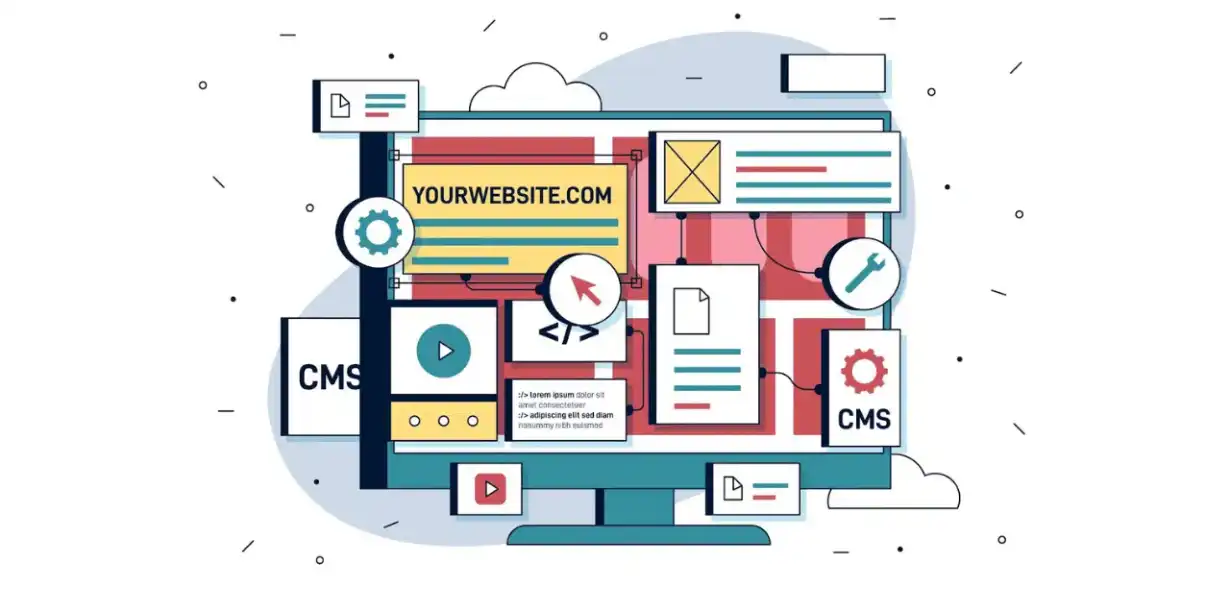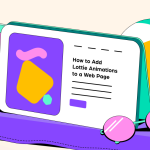
The Rise of Microinteractions: Enhancing User Engagement with CSS Animations
- Post
- August 5, 2023
- CSS Animations, HTML & CSS, Web Development
- 0 Comments
As technology continues to advance, web developers and designers are constantly seeking innovative ways to enhance user engagement and create memorable user experiences. One such method that has been gaining popularity in recent times is the use of microinteractions with CSS animations. These small, subtle animations have the power to transform a user’s interaction with a website, making it more enjoyable, intuitive, and visually appealing. In this comprehensive blog, we will delve into the world of microinteractions, explore some captivating CSS animation examples, discuss the benefits of using a CSS animation library, and uncover the CSS animation properties that can take your website to new heights.
Understanding Microinteractions and Their Impact
Microinteractions are subtle, purposeful animations that respond to user actions. They can be as simple as a button changing color upon hover or as intricate as a smooth transition when navigating through a website’s menu. Despite their small size, these interactions play a crucial role in enhancing user engagement and overall user experience. They provide immediate feedback to users, making interactions more intuitive and satisfying. Microinteractions not only guide users through a website but also communicate the website’s personality and brand identity effectively.
Captivating CSS Animation Examples
CSS animations offer a wealth of possibilities for creating captivating microinteractions. Let’s explore some inspiring CSS animation examples that showcase the true potential of microinteractions:
Elegant Hover Effects: Imagine a website with images that gracefully scale up and blur slightly when a user hovers over them, providing a sense of elegance and interactivity.
Interactive Form Fields: Instead of static form fields, CSS animations can bring them to life with subtle transitions and highlighting effects, guiding users as they fill out the form.
Smooth Page Transitions: Seamless transitions between different sections of a website can make the browsing experience feel more fluid and professional.
Loading Animations: Transform mundane loading processes into delightful experiences with creative CSS animations, such as spinners or bouncing elements.
The Advantages of Using a CSS Animation Library
While crafting individual CSS animations can be rewarding, leveraging a CSS animation library can significantly streamline the development process and expand your creative possibilities. Here are some compelling reasons to consider using a CSS animation library:
Time Efficiency: A CSS animation library comes pre-packaged with a wide range of animations, saving you precious development time and effort.
Consistency: By using a library, you can ensure consistent animations across your website, maintaining a cohesive user experience.
Cross-Browser Compatibility: CSS animation libraries are often designed to work smoothly across different browsers, ensuring a seamless experience for all users.
Customization Options: While libraries provide ready-made animations, you can still tweak them to suit your website’s unique style and requirements.
Uncovering CSS Animation Properties for Ultimate Engagement
To truly master CSS animations and microinteractions, it’s essential to understand some key animation properties that can elevate your user engagement:
transition: This property enables smooth transitions between states, adding elegance and polish to your website’s interactions.
transform: By using transformations, like translate, rotate, or scale, you can bring dynamic movement to elements on your website.
keyframes:
This powerful rule allows you to create custom animations with multiple keyframes, enabling endless creative possibilities.
Final Words
In conclusion, the rise of microinteractions has revolutionized user engagement on the web. CSS animations offer an incredible toolkit for developers and designers to create immersive and delightful user experiences. By incorporating subtle yet impactful microinteractions, leveraging CSS animation libraries, and mastering essential animation properties, you can take your website to new heights, leaving a lasting impression on your users.
Commonly Asked Questions
Q1: Are microinteractions suitable for all types of websites?
A: Yes, microinteractions can be tailored to suit various types of websites, from simple portfolios to complex e-commerce platforms. They add value to user interactions across the board.
Q2: How can microinteractions improve website accessibility?
A: Microinteractions can enhance website accessibility by providing immediate feedback to users with visual or motor impairments, helping them navigate and interact with the site more effectively.
Q3: Are there any performance concerns when using CSS animations?
A: While CSS animations can impact performance if overused or poorly optimized, modern browsers and devices handle them efficiently. Proper optimization and limited use can mitigate performance issues.
Q4: Can I combine CSS animations with JavaScript interactions?
A: Absolutely! Combining CSS animations with JavaScript interactions can result in even more engaging and interactive experiences. However, it’s essential to ensure seamless integration for optimal performance.
Q5: Where can I find reliable CSS animation libraries?
A: There are several reputable CSS animation libraries available online, such as Animate.css, Hover.css, and Wow.js, offering a wide range of animations and seamless integration options.




